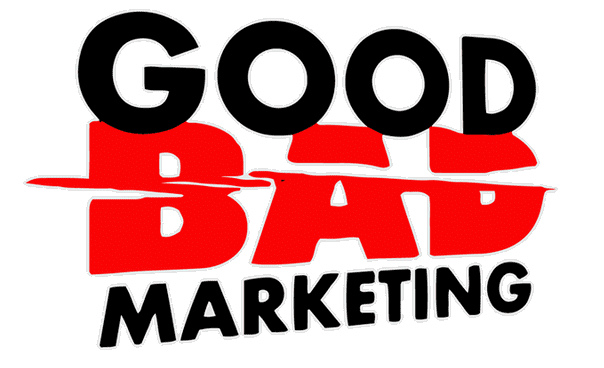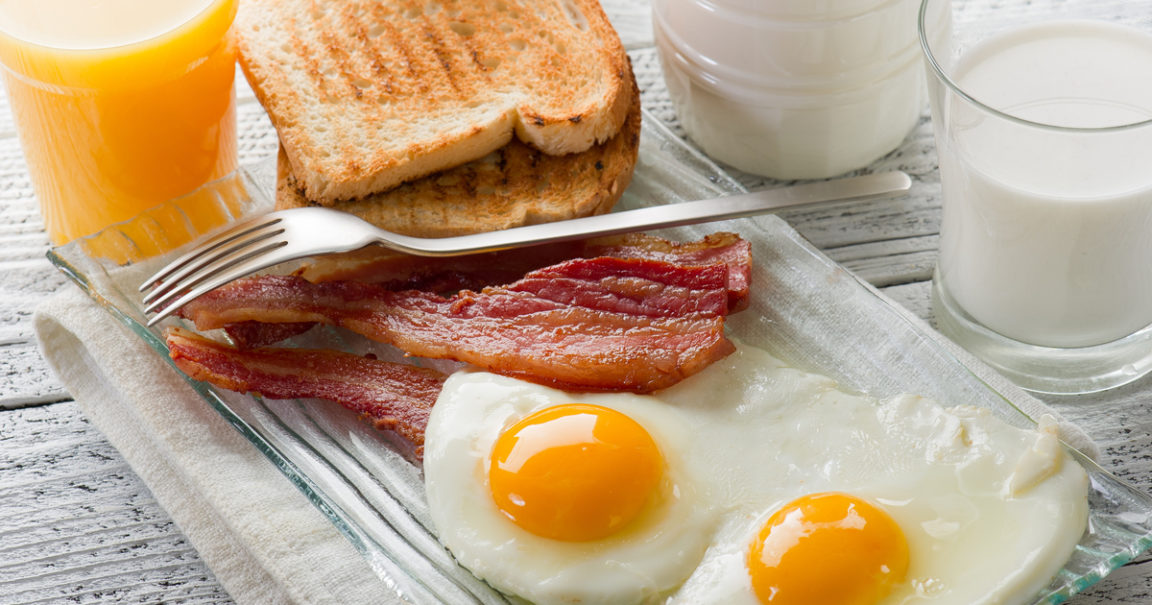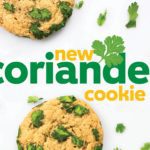I’m not a breakfast guy. I usually skip breakfast – or if I do eat something, it won’t be the typical kind of meal most others might have. Cereal, eggs, bacon, hash browns, bread, orange juice, and hot coffee; are the staples of breakfast cuisine in westernised countries. Having at least some of these items each morning is very important to many people. Breakfast and its importance has also come to better visibility thanks to mainstream media. Across billboards, commercials, and even social networking sites, a laundry list of classic breakfast foods are usually on display, so that when we think of breakfast, these same foods pop out in our minds. But, how did these foods rise to breakfast staple status? How long have these items constituted the classic western breakfast? Some of these items, like cereal, are relatively modern inventions – so why and when were these foods tied to our daily routine? Read on to explore this interesting topic.
Why is it called breakfast?
You might be wondering why it is called breakfast in the first place. From the root words “break” and “fast”, the word literally means breaking from a long period of not eating – because of sleep at night. Our bodies still tend to expend energy when we are sleeping, so by the time we wake up, it needs to be fueled up again for us to be able to properly move and think. Technically, even if we eat “brunch”, we are still having breakfast because it is the first time of the day that we are breaking our fast. The grand majority of people will have breakfast in the morning, thanks to conventional times for sleeping and waking, unless you are someone whose daily routine follows a different structure.
Why is Breakfast the Most Important Meal of the Day?
Breakfast is often called the “most important meal of the day” because it’s the first meal that offers us the nutrients to jumpstart the day. Breakfast meals replenish the glucose production in our body which bolsters energy and alertness, while also providing the essential nutrients our body needs for survival. In fact, studies suggest that breakfast also improves brain power and mental productivity. Those who forego eating breakfast can tend to feel sluggish, or may struggle to focus on important things during the day. This is due to the lack of nutrients our bodies require after fasting, affecting both physical performance and mental cognition. For me, this is why I will at least have a coffee before leaving for work.
In 1944, Grape Nuts Manufacturer General Foods made a campaign named “Eat a Good Breakfast — Do a Better Job”, handing out brochures to consumers while radio broadcasters announced that “nutrition experts say that breakfast is the most important meal of the day”. General Foods also launched cereals during this time, where they introduced a new way of eating a big and nutritious breakfast compacted into a box of flakes. Americans liked the idea of not needing to toil away in the kitchen every morning; making it easier and time-efficient for them to eat the most important meal of the day. In the past, land agricultural historian Lowell Dyson, who wrote of food preferences in 19th-century America, stated that as breakfast habits grew into American culture in particular, it looked a lot like dinner. Dyson reported that “Americans wanted meat, meat, meat. And potatoes. And cake and pie”. Around this time, Americans were suffering broadly with bouts of indigestion and other digestive upset, which Dyson’s findings appeared to correlate with. This kind of breakfast spread on a daily basis was not a formula for good health. Co-opting cereal into the family of foods on the breakfast table sought to efficiently and healthfully change that.
Interestingly, the National Nutritional Survey of Australia conducted recent studies and surveys among those who don’t eat breakfast and discovered that most people disregard the meal entirely because of time constraints and economical factors. Moreover, concerns like weight gain and needing more sleep also cause people to skip the most important meal of the day. This study might not only apply to Australians but globally as well. In a lot of cases, breakfast is back-burnered in favour of other needs and concerns.
Still, others see to it that breakfast must be eaten, even if it’s just the smallest or quickest meal possible. The education on the importance of the morning meal has made it possible for other people to always take it even when time constraints are inevitable; if cooking is not possible at home, drive-thrus and breakfast-serving fast-food chains have come to the rescue. Although it is important to note that eggs, bacon, milk, cereal and fruit juices can be served in as little as 3 minutes.
Special shoutout to Hungry Jack’s (Burger King) in Australia for having its full menu available at breakfast time so I can get a proper burger on the way to work.
Bacon and Eggs History
Given how ingrained this meal is in western culture, one might assume that bacon and eggs for breakfast date back from centuries ago; but you would be wrong. Contrary to popular belief, eggs and bacon served as breakfast meals is only about a century old. Before bacon and eggs, the rest of the world had light breakfasts. People often ate leftovers, food that they could easily heat up so they would not spend so much time cooking in the morning. Moreover, meat was not so popular back then. Almost everyone preferred oats (or porridge), cereals, and other easy-to-prepare meals for breakfast. Even orange juice was not a thing way back, with consumers opting for just milk and coffee.
Bacon (or more commonly, sausages stored at room temperature) and eggs were relatively shelf-stable products (important before refrigeration) one could quickly whip up in the morning before they left for work. They were products people would readily have in an era when more people lived rurally.
Believe it or not, this rise in the demand for eggs and bacon rose at the start of the 1920s through clever marketing strategies brought about by Edward L. Bernays.
The Beech-Nut Packing Company was one of the biggest producers of consumer goods and was well off in some years but fell short with its sales. Given that they chiefly sold poultry products, people often regarded their products as unhealthy. Most only ate minimal food for breakfast as they thought being slim equated to being healthy. Then came Edward L. Bernays who turned this idea on its head. Bernays became very successful with marketing research which was very appealing to business and customers alike. Later, his achievements were recognised by many and he was able to establish his name at the forefront for companies who wanted to boost up sales and attract more consumers. He then collaborated with various businesses in different industries, like the Beech Nut Packing Company, and impressed the idea upon consumers that the business’ products such as bacon and eggs could be healthy for breakfast too. Bernays did this through writing to 5,000 health professionals to prove that breakfast does not make you unhealthy nor can it make someone fat. With this, the Beech-Nut Packing Company’s sales saw a significant uptick and demands for pig and poultry products rose as reports about the nutritional disadvantages were debunked nationwide.
Apart from the belief that high cholesterol food like bacon and eggs were not healthy, other research suggested that eating high cholesterol food during breakfast often would lead you to eat less during the day. This information turned the tables. The public was so hyped by both the research and advertisement pitch that demand for these products rose again, much higher than before. Based on the U.S. Census data and Simmons National Consumer Survey (NHCS), there were 268.04 million Americans who had consumed bacon in 2020 alone, about 81% of the total population in the country. This proves that bacon has gained popularity over the recent years, as more and more people are drawn to it by being on everyone’s breakfast tables. In fact, you won’t see many restaurants that don’t sell bacon on their breakfast menus. However, both bacon and eggs must always be consumed in moderation as too much cholesterol can often lead to obesity and thus hypertension. The cons, of course, were not advertised as the advertising methodology fed into what the people wanted to hear; the essence of marketing strategy for any company.
When Oranges Became Juiced Rather Than Eaten
You might be wondering why orange juice is the most popular above all other cold drinks for breakfast. Just like bacon and eggs, the popularity of orange juice for breakfast skyrocketed because of campaigns and sales strategies that suggested that the fruit was healthy, as well as the convenience of something you can drink on the go. This paved the way for demand for orange juice, and people were buying bottles and cartons because they felt that it was a necessity for productivity. So what led them to believe so?
The Southern California Fruit Growers Association, known now as the Sunkist Growers, was facing a problem with their supply and demand in the 1920s. Oranges were growing prolifically, but demand for them was lesser than expected. To be able to face the growing issue, the association partnered with the ad agency Lord & Thomas to increase the need and necessity for oranges from consumers and the food industry as well.
Usually, the typical breakfast included tea or coffee, and orange juice was not as popular as it is now back then. However, a nutritionist by the name of Elmer McCollum who became a popular authority on nutrition in the 1920s, argued that consuming oranges at least once a day had added health benefits. He also warned everyone against the deadly effects of vitamin-deficient diets.
McCollum had sparked hysteria in Americans suggesting that too much meat consumption could cause acidosis, an ailment which he claimed to be caused by fatigue due to too much consumption of breads, eggs, and meat. This caused panic among the Americans who were health-conscious and were keen on preventing this. McCollum also suggested that consuming oranges could help alkalise acids, and prevent people from experiencing the ailment. The public issue of acidosis had benefited orange producers to a point where they were able to use it to sell more and more oranges because demands from Americans were reaching a new peak.
Ripe Oranges Shouldn’t Go To Waste
The fear of acidosis incited Sunkist Growers to devise a strategy that mainly targeted health benefits to boost up orange sales. Instead of producing oranges and individually selling them to consumers, they made a way for the fruit to be consumed a little more but without a hassle. Thus, orange juices were then introduced to Americans, allowing them to drink fruit instead of eating it.
Orange juice soared high in popularity when pasteurization and trucking were introduced to Americans, and all they wanted was to be able to drink fruits from a can (Megan J Elias, Food in the United States, 1890-1945). Consequently, Sunkist strategies incorporated the American public’s concerns and took on employing food scientists to back up health claims that juices had protective health benefits. Sunkist introduced health education to the public and then presented unique remedies to provide relief to address those same issues. The more they pressed on using this technique, the more the American public developed trust in the company. Instead of the usual half an orange to eat per serving, juicing them grew sales by about 400%. Who would’ve expected that oranges could be more sellable than apples?
In the 1960s, the Food and Drug Administration regulated and standardised orange juice because of popular belief. As healthy as it may have seemed, Americans were not privy as to how it was produced. It may not have been fresh, or it may have contained pesticides and other preservatives as oranges are seasonal products, meaning they don’t always grow all year round. Yet, Americans still thought that it was essential because of the health benefits it offered, not knowing its production process. It made a way for orange juice to be served every day on breakfast tables because it was considered healthy.
The Ideal Breakfast Meal
The Australian Government for National Health and Medical Research Council suggests that food intake must be full of diverse nutrients, to be able to prevent health risks and obesity from evolving over time. Ideally, morning meals should be chosen according to energy needs. It is necessary to eat breakfast but always opt for foods that meet guidelines. Borrow from all food groups where possible: vegetables, fruits, grain produce, lean meats, and milk. Moreover, they advocate limiting the intake of foodstuff containing saturated fat, added salt, added sugars, and alcohol. Biscuits, cakes, pastries, and processed meats should only be taken in limited amounts for a healthier and better diet for Australians.
Furthermore, various research also promoted advertising guidelines so as to inculcate a healthier lifestyle specifically for children. The Consumers International found that food advertising has largely impacted children’s diets and oftentimes they will only see low nutritional food portrayed in the media, such as sodas, burgers, and pizzas.
According to the Australian Bureau of Statistics, 25% of Australian children are either overweight or obese.
This signalled the need to amend regulations relating to food policies. The Australian Government committed to draft a National Food Plan in 2010, which aimed to implement and shape food habits as a preventative health measure. The policies invested in school government programs which further regulated food advertising. This also crafted the dietary guidelines for healthier meals, which was then spread in schools to promote healthier eating habits to children.
A Healthy Breakfast
With the undeniable marked rise in the sales of bacon, eggs, and orange juices, one could not help but respect the marketing strategists behind food publicity of time gone by. From Bernays to McCollum, both moulded America’s belief that breakfast could be healthy too and rebutted that it would not make anyone fat. Americans became more health-conscious and gave credibility to food scientists and research that food companies made. This is still a very common strategy these days. Say Subway, for example, made it popular that fast food could be healthy too. Other fast-food chains also offer plant-based meals, just to provide on the go, convenient choices for individuals who want to stay healthy.
It’s intriguing how marketing techniques could be believed by consumers with little hesitation. Backed up with science, the classic breakfast food items have made it to our morning tables and secured a permanent spot. Perhaps the best technique for food branding and marketing to make a real, enduring difference is to always substantiate claims with credible references, research and data, as well as appealing to the public’s sense of health and wellbeing as a drawcard. If it is marketed to be good for you, why not try it?





